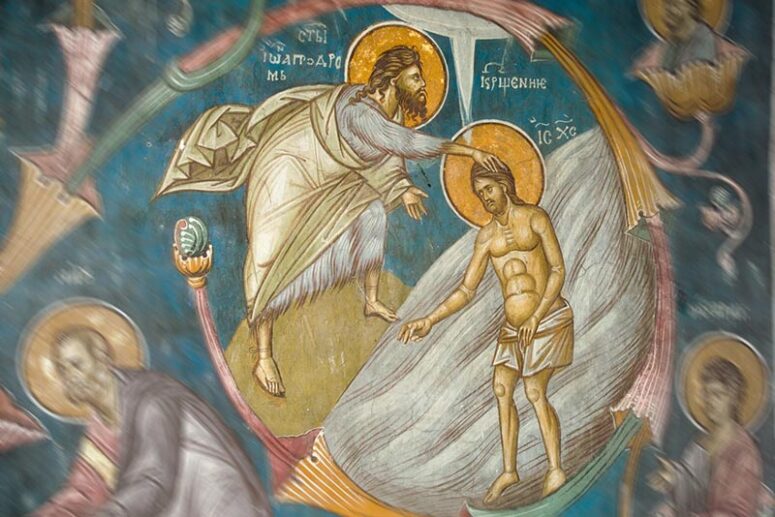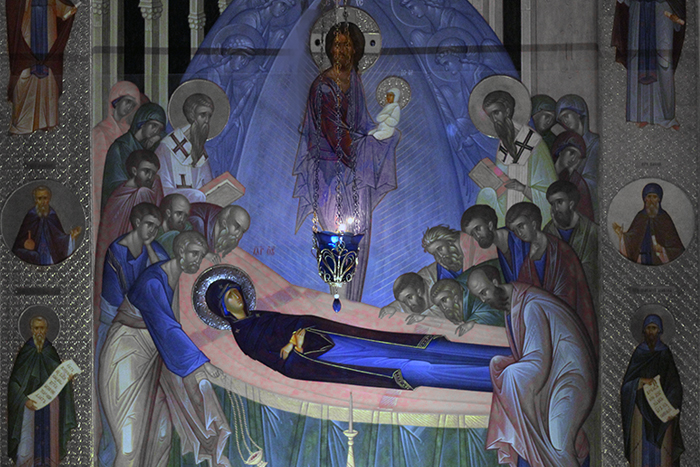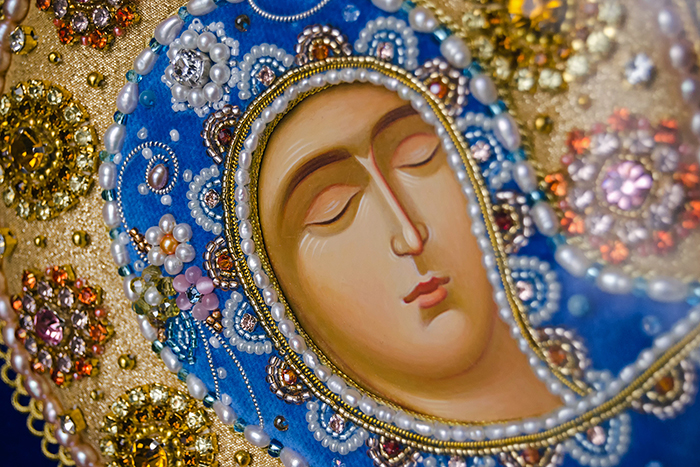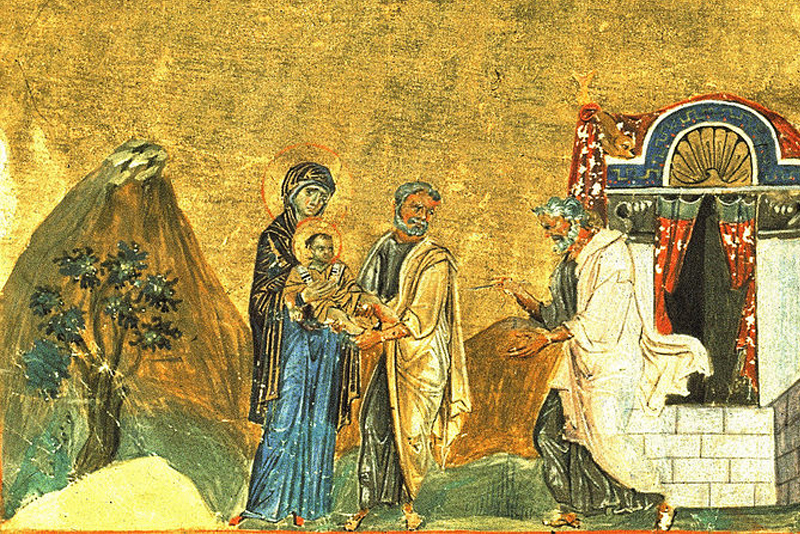
The approaching Feast of the Epiphany, in my view, vividly reveals the theme of God’s salvation of fallen humanity and the entire world.
During the Feast of the Nativity of Christ, we witness and deeply appreciate the profound mystery of the union of the Second Person of the Holy Trinity, God the Son, with human nature, undertaken for our salvation. The Feast of the Baptism of the Lord invites us to reflect upon the active component of this salvific mission – the Redemptive Act of our Lord Jesus Christ.
In this divine act, God enters the waters and sanctifies them, elevating their nature. Water, the essence of life, is abundant and essential, permeating all matter. Its presence in the earth and in our bodies highlights its fundamental role in sustaining life. During the Baptism, this omnipresent substance, H2O, is transformed by the Saviour. It becomes not merely a physical element but assumes a spiritual dimension, sanctified and made holy. Through Divine grace, water is transfigured into a purifying force, akin to ‘liquid fire’, consecrating the entire universe.
This profound transformation is echoed in the Prokeimenon of Matins on the Feast of the Baptism of the Lord. The verses of the Prokeimenon, taken from Psalm 114, poetically depict nature’s reaction to this holy event: “The sea saw it and fled; Jordan turned back. The mountains skipped like rams, the little hills like lambs. What ails you, O sea, that you fled? O Jordan, that you turned back?” This imagery captures the moment when, during the Baptism by St. John, the waters of the Jordan River stirred and changed their course.
Recall the Pool of Bethesda, as described in John 5:4: “For an angel went down at a certain time into the pool and stirred up the water; then whoever stepped in first, after the stirring of the water, was made well of whatever disease he had.” Here, too, we see water agitated by a spiritual being – the Angel of the Lord, a precursor to the Lord’s Baptism. This stirring signifies not only physical healing but also symbolizes the spiritual renewal and salvation from original sin that occurs within the baptismal font.

The Profound Significance of the Lord’s Baptism
The Baptism of the Lord marks an event of immense spiritual magnitude: God Himself immerses into the waters, sanctifying them and transforming them into a sacred sanctuary. This divine act explains the extraordinary reactions of nature – the sea fleeing and Jordan reversing its course.
But how does this remarkable transformation occur?
St. John the Prophet, Forerunner, and Baptist of the Lord provides insight into this mystery. In the Gospel passage preceding Epiphany, he proclaims, “There comes One after me who is mightier than I, whose sandal strap I am not worthy to stoop down and loose. I indeed baptized you with water, but He will baptize you with the Holy Spirit.” (Mark 1:7-8). This prophecy is later affirmed by Christ Himself in His dialogue with Saint Nicodemus: “Most assuredly, I say to you, unless one is born of water and the Spirit, he cannot enter the kingdom of God.” (John 3:5, 6).
The Feast of the Baptism of the Lord, also known as the Feast of Epiphany, marks a pivotal moment in divine history. For the first time in thousands of years, the Holy Trinity reveals itself to humanity: God the Son is baptized, God the Holy Spirit descends as a dove, and God the Father’s voice proclaims from heaven, “This is my beloved Son, in whom I am well pleased” (Matthew 3:17).
Thus, the baptismal waters are transformed into a relic of extraordinary power, sanctifying the world with the Divine grace they now contain. Consequently, this feast is also referred to as “the Enlightenment”, symbolizing the sanctification and illumination of the entire universe, now a temple of God.
St. John Chrysostom likened the Holy Spirit’s descent as a dove to the bird that carried an olive branch to Noah’s ark, heralding salvation and deliverance from the flood. Just as water was once a destructive force, it now becomes a means of salvation during the Epiphany. The descent of the Holy Spirit in the form of a dove symbolizes reconciliation between God and humanity, echoed in the baptism of Christ, Who united divine and human nature. The voice of God the Father not only affirms Christ but extends to all of us, as through Christ, we are adopted by God. This is affirmed by the Saviour: “I ascend to My Father and your Father, and to My God and your God” (John 20:17), revealing the depth of God’s love and mercy.
On Christmas Day, our churches symbolically become the caves where the Virgin Mary gave birth to Christ, and on the Feast of the Epiphany, they transform into the Jordan River, where Christ was baptized. Let us gather in our spiritual “Jordan”, our churches, with pure hearts to witness the Holy Trinity’s appearance and glorify Her for the miracle of entering matter and sanctifying water for our salvation and purification.
Glory to You, our God, glory to You!
Translated by The Catalogue of Good Deeds
Source: https://pravlife.org/ru/content/kakuyu-velikuyu-taynu-my-postigaem-v-prazdnik-kreshcheniya-gospodnya




